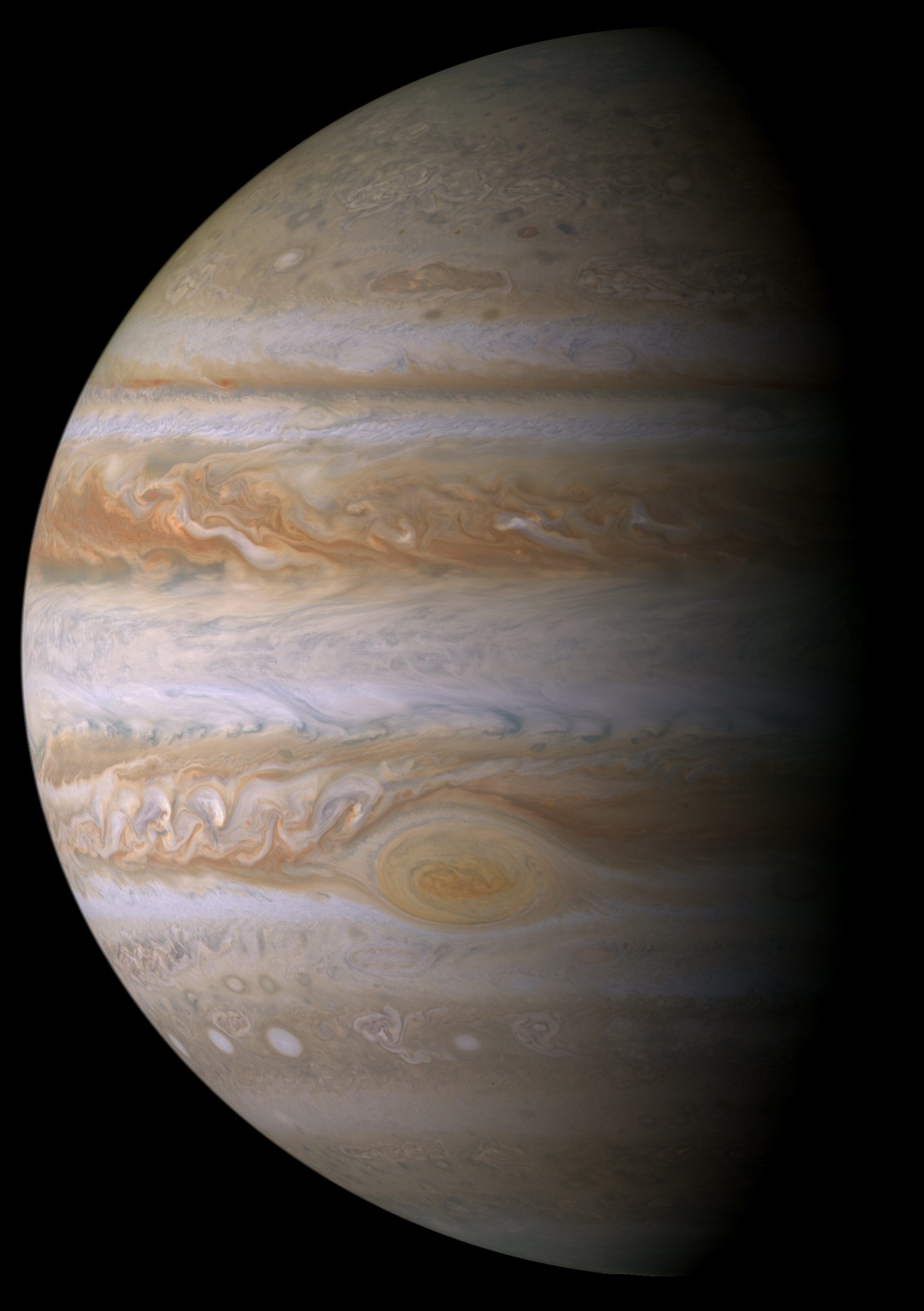After Decades of Hunting, Physicists Claim They've Made Quantum Material from Depths of Jupiter

A team of French researchers has posted a paper online in which they claim to have achieved the holy grail of extreme-pressure materials science: creating metallic hydrogen in a laboratory.
Physicists have suspected since the 1930s that under extreme pressures, hydrogen atoms — the lightest atoms on the periodic table, containing just a single proton each in the nuclei — might radically change their properties. Under normal circumstances, hydrogen doesn’t conduct electricity well and tends to pair with other hydrogen atoms — much like oxygen does. But physicists believe that, subject to enough pressure, hydrogen will act as an alkali metal — a group of elements, including lithium and sodium, that each have a single electron in their outermost orbitals, which they exchange very easily. The whole periodic table is organized around this idea, with hydrogen placed above the other alkali metals in the first column. But the effect has never been conclusively seen in a laboratory.
Now, in a paper posted June 13 to the preprint journal arXiv, a team of researchers led by Paul Loubeyre of the French Atomic Energy Commission claims to have pulled it off. Crushed between the points of two diamonds to about 4.2 million times Earth's atmospheric pressure at sea level (425 gigapascals), they say their sample of hydrogen demonstrated metallic properties. [6 Important Elements You've Never Heard Of]
"Metal hydrogen is the ultimate hydride," the researchers wrote, referring to a class of hydrogen-based compounds with extraordinary properties. "It may exhibit room temperature superconductivity, a melting transition at very low temperature into an unusual superconducting-superfluid state, a high protonic diffusion, and a high energy density storage."
In other words, it's expected to be a material that conducts electricity indefinitely at room temperature — a useful quantum trait — and stores energy very easily. Normally, superconductors only superconduct at very low temperatures.
The decades-long hunt for metallic hydrogen has led researchers to a host of other materials that, at somewhat lower pressures, exhibit at least some of these properties. But to do that, researchers had to mix hydrogen with other compounds in complicated ways. Researchers call them super-hydrides. Super-hydrides, or metallic hydrogen itself, might one day lead to vastly improved technologies for energy transport and storage, among other advances, Live Science previously reported
Planetary scientists also think metallic hydrogen might lurk in ultra-heavy planets, like Jupiter. But understanding how all that works required generating some of the stuff on Earth.
Get the Space.com Newsletter
Breaking space news, the latest updates on rocket launches, skywatching events and more!
The problem was that metallic hydrogen seems to form at pressures that are beyond the capacity of even the most extreme high-pressure research laboratories. The standard method for generating extreme, sustained pressure in a laboratory involves crushing a tiny sample between the points of two super-hard diamonds. But as Live Science has previously reported, beyond 400 gigapascals, even the hardest "diamond anvil cell devices" start to break.
In 2016, a team of researchers claimed to have created metallic hydrogen in a diamond anvil device, but collected only limited data. And they were scared to release their sample from the grasp of their diamond anvil cell, lest it get damaged. Other researchers, including Loubeyre, told Forbes at the time that they weren't convinced by that paper — which based its metallic hydrogen claim on just a single datapoint: the material's reflectivity.
Later, the scientists said that they'd lost their sample after their diamond anvil cell device broke.
The new study bases its claim of making metallic hydrogen primarily on the way the sample alters beams of infrared light as the anvil applies and releases pressure. For one thing, the researchers repeated their experiment, tuning the pressure up and down to cause the material to "transition" back and forth from apparently metallic to non-metallic states. The key to achieving those high pressures, the authors wrote, was the precise shape of the diamonds — made perfectly toroidal by a process called focused ion beaming.
However, the study has not been subject to peer review, and it remains to be seen how the larger high-pressure physics community will react to this claim.
- Wacky Physics: The Coolest Little Particles in Nature
- Big Bang to Civilization: 10 Amazing Origin Events
- Beyond Higgs: 5 Elusive Particles That May Lurk in the Universe
Originally published on Live Science.
Join our Space Forums to keep talking space on the latest missions, night sky and more! And if you have a news tip, correction or comment, let us know at: community@space.com.

Rafi wrote for Live Science from 2017 until 2021, when he became a technical writer for IBM Quantum. He has a bachelor's degree in journalism from Northwestern University’s Medill School of journalism. You can find his past science reporting at Inverse, Business Insider and Popular Science, and his past photojournalism on the Flash90 wire service and in the pages of The Courier Post of southern New Jersey.










